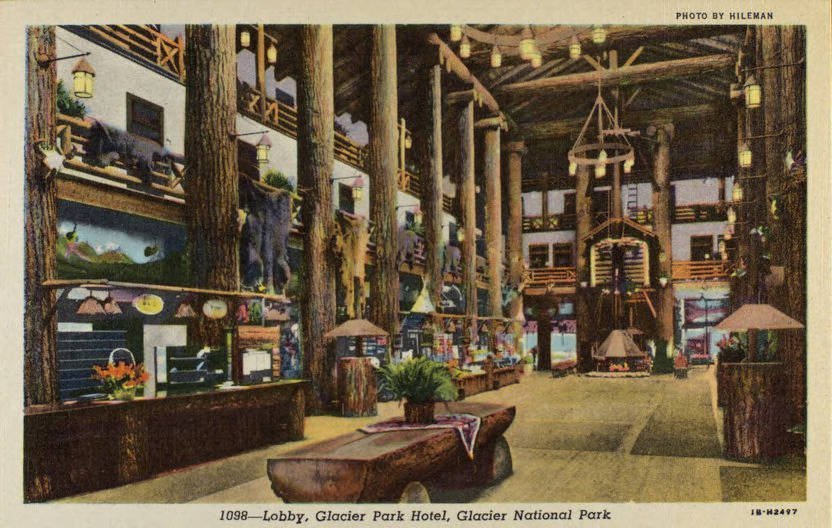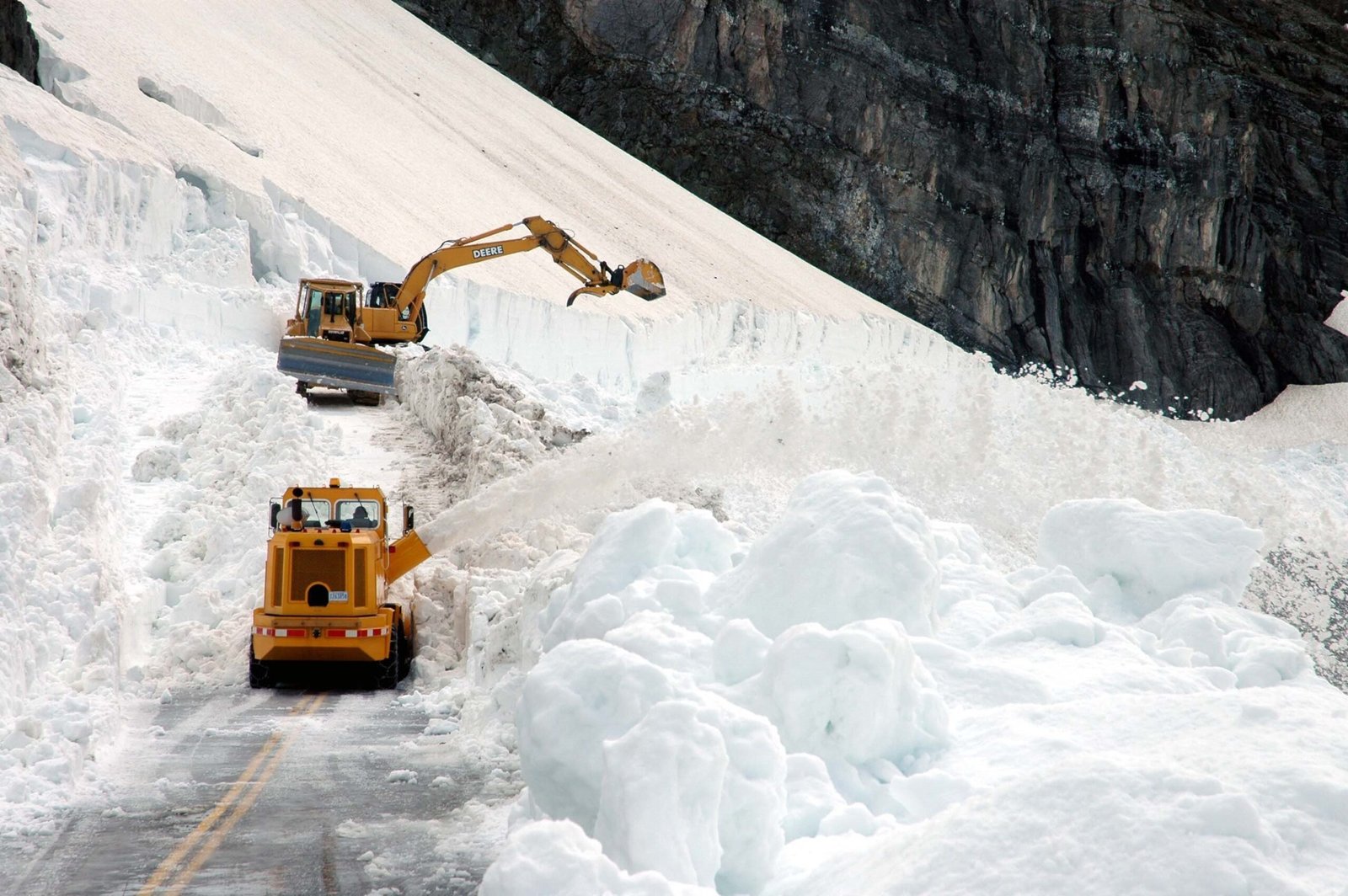Glacier National Park in Canada covers an area of 1,349 square kilometers (521 square miles), making it one of the smaller national parks in the country. Located in the southeastern part of British Columbia within the Selkirk Mountains, this park is known for its diverse ecosystems, including rainforests, snow forests, and alpine areas. Despite its relatively modest size, Glacier National Park boasts 131 glaciers, four significant rivers, and a rich biodiversity that includes various large mammals and over 230 bird species.
How Does Glacier National Park’s Size Compare to Other Canadian Parks?

Glacier National Park’s size of 1,349 square kilometers (521 square miles) places it among the smaller national parks in Canada. To put this into perspective:
- Wood Buffalo National Park, the largest in Canada, covers approximately 44,807 square kilometers
- Banff National Park spans 6,641 square kilometers
- Jasper National Park encompasses 11,228 square kilometers
This comparison highlights that while Glacier National Park may be smaller in area, its ecological significance and diverse landscapes make it a unique and valuable protected area within Canada’s national park system.
What Are the Key Geographical Features of Glacier National Park?

Despite its compact size, Glacier National Park boasts several notable geographical features:
- Mount Dawson: The park’s highest point at 3,377 meters (11,079 ft)
- Mount Sir Donald: A precipitous peak standing at 3,284 meters (10,774 ft)
- Illecillewaet Glacier: One of the most famous and historically significant glaciers in the park
- Nakimu Caves: One of Canada’s largest cave systems
- Rogers Pass: A critical transportation route and National Historic Site
The park is also bisected by the Trans-Canada Highway and the Canadian Pacific Railway, making it easily accessible to visitors while presenting unique conservation challenges.
How Much of Glacier National Park is Covered by Glaciers?
While the park’s name suggests a landscape dominated by glaciers, the actual coverage is more modest:
- Total number of glaciers: 131
- Area covered by glaciers: 133 square kilometers (51 square miles)
- Percentage of park covered by glaciers: Approximately 9.9%
It’s important to note that these glaciers have been significantly affected by climate change. Between 2000 and 2011, the park lost 19.4 square kilometers (7.5 square miles) of glacial surface area, highlighting the urgent need for conservation efforts.
What Ecosystems Exist Within Glacier National Park?
Despite its relatively small size, Glacier National Park encompasses a variety of ecosystems:
- Rainforest: Found in the lower elevations, characterized by lush vegetation and high precipitation
- Snow forest: At higher elevations, adapted to colder temperatures and heavy snowfall
- Alpine areas: Above the tree line, featuring hardy plants and unique wildlife adapted to extreme conditions
This diversity of ecosystems contributes to the park’s rich biodiversity and makes it an important area for conservation and scientific study.
How Does the Park’s Size Affect Its Biodiversity?
Despite its compact area, Glacier National Park supports a remarkable range of wildlife:
- Large mammals: Caribou, elk, moose, mountain goats
- Predators: Cougar, coyote, lynx, timber wolf, wolverine
- Birds: Over 230 species
The park’s varied topography and ecosystems create numerous microclimates and habitats, allowing for this rich biodiversity within a relatively small area. This concentration of diverse species in a compact space makes Glacier National Park an excellent location for wildlife observation and research.
What Are the Major Water Features in Glacier National Park?
Given its size, Glacier National Park has a surprisingly rich hydrological system:
- Rivers: Four significant rivers flow through the park:
- Beaver River
- Duncan River
- Illecillewaet River
-
Incomappleux River
-
Waterfalls: The park’s steep terrain creates numerous waterfalls, adding to its scenic beauty
-
Nakimu Caves: These caves, formed by water erosion, are one of Canada’s largest cave systems
These water features not only contribute to the park’s scenic beauty but also play crucial roles in shaping its ecosystems and supporting its biodiversity.
How Has Climate Change Affected the Park’s Size and Features?
While the overall size of Glacier National Park remains constant, climate change has significantly impacted its features:
- Glacial retreat: Between 2000 and 2011, the park lost 19.4 square kilometers (7.5 square miles) of glacial surface area
- Ecosystem shifts: As temperatures warm, plant and animal species are moving to higher elevations, altering the composition of ecosystems within the park
- Increased fire risk: Warmer, drier conditions increase the risk of wildfires, which can temporarily or permanently alter large areas of the park
These changes highlight the dynamic nature of the park’s landscape and the ongoing challenges in preserving its unique features.
How Does the Park’s Size Influence Visitor Experience?
The compact size of Glacier National Park offers several advantages for visitors:
- Accessibility: Most areas of the park can be reached within a day’s hike or drive
- Diverse experiences: Visitors can experience multiple ecosystems and landscapes in a single trip
- Concentrated wildlife viewing: The park’s size and biodiversity offer excellent opportunities for wildlife observation
However, the park’s popularity and limited size can lead to crowding during peak seasons, requiring careful management to balance visitor access with conservation needs.
What Conservation Challenges Does the Park’s Size Present?
The relatively small size of Glacier National Park presents unique conservation challenges:
- Edge effects: With a higher ratio of edge to interior habitat, the park is more vulnerable to external influences
- Limited buffer zones: Less space to absorb impacts from surrounding areas
- Concentrated use: Higher visitor density can lead to increased wear on trails and facilities
- Habitat fragmentation: The Trans-Canada Highway and railway bisecting the park create barriers for wildlife movement
Despite these challenges, the park’s compact size also allows for more intensive management and monitoring, potentially leading to more effective conservation strategies.
In conclusion, while Glacier National Park in Canada may be smaller compared to some of its counterparts, its 1,349 square kilometers pack in a wealth of natural wonders and biodiversity. From towering peaks and ancient glaciers to lush rainforests and alpine meadows, the park’s diverse landscapes and ecosystems make it a vital area for conservation and a captivating destination for visitors. As climate change continues to impact the park’s features, understanding and appreciating its size and characteristics becomes increasingly important for both conservation efforts and sustainable tourism.
Reference:
– National Parks Organization – Glacier National Park
– Britannica – Glacier National Park
– Wikipedia – Glacier National Park (Canada)